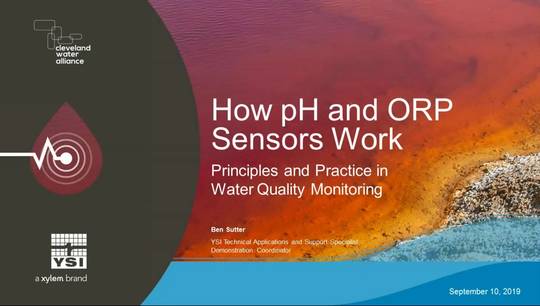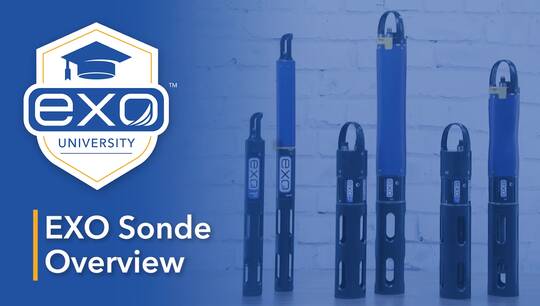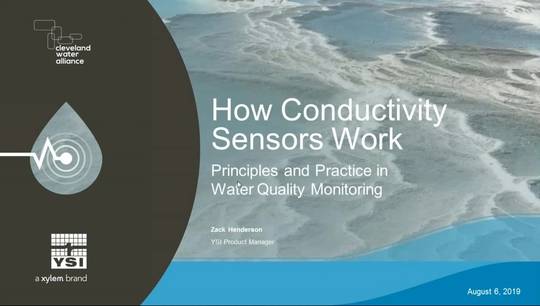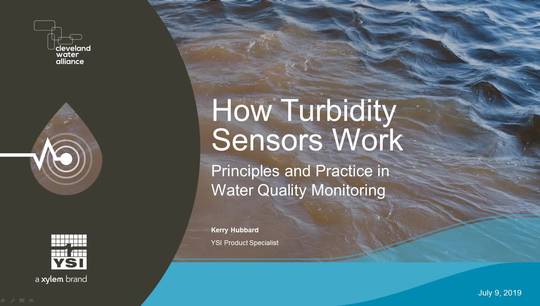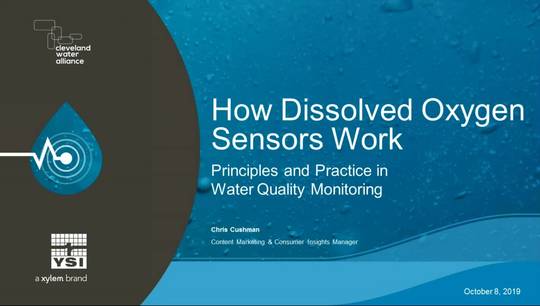Webinar | Chlorine Disinfection Control - DPD vs Amp
Chlorine is a powerful disinfectant that has played a critical role in municipal water treatment for over a century and is one of the most important tools for protecting public health. However, ensuring effective disinfection without creating harmful by-products requires careful monitoring and control.
Watch a technical deep dive into chlorine disinfection, exploring the chemistry, monitoring requirements, and sensor technologies that drive reliable water quality. This session will compare DPD-based analyzers and amperometric sensors, helping you understand when and why to measure free vs. total chlorine in both drinking water and wastewater applications.
What You’ll Learn:
The role of chlorine in disinfection and factors affecting its behavior
Differences between free and total chlorine—and when each should be measured
Principles, strengths, and limitations of DPD and amperometric technologies
Guidance for selecting the right monitoring approach for your facility
Best practices for chlorine dosing, calibration, and maintenance
Who Should Watch:
Operators, engineers, and water quality professionals are responsible for monitoring and complying with disinfection standards in drinking water and wastewater systems.
Learning Outcomes:
By the end of this webinar, you’ll be able to:
Understand free vs. total chlorine differences and when to monitor each parameter
Compare DPD and amperometric systems, recognizing appropriate use cases and considerations
Apply monitoring and dosing strategies for improved process control in drinking water and wastewater applications.
Learn more on the YSI Amperometric Chlorine Sensor page!

